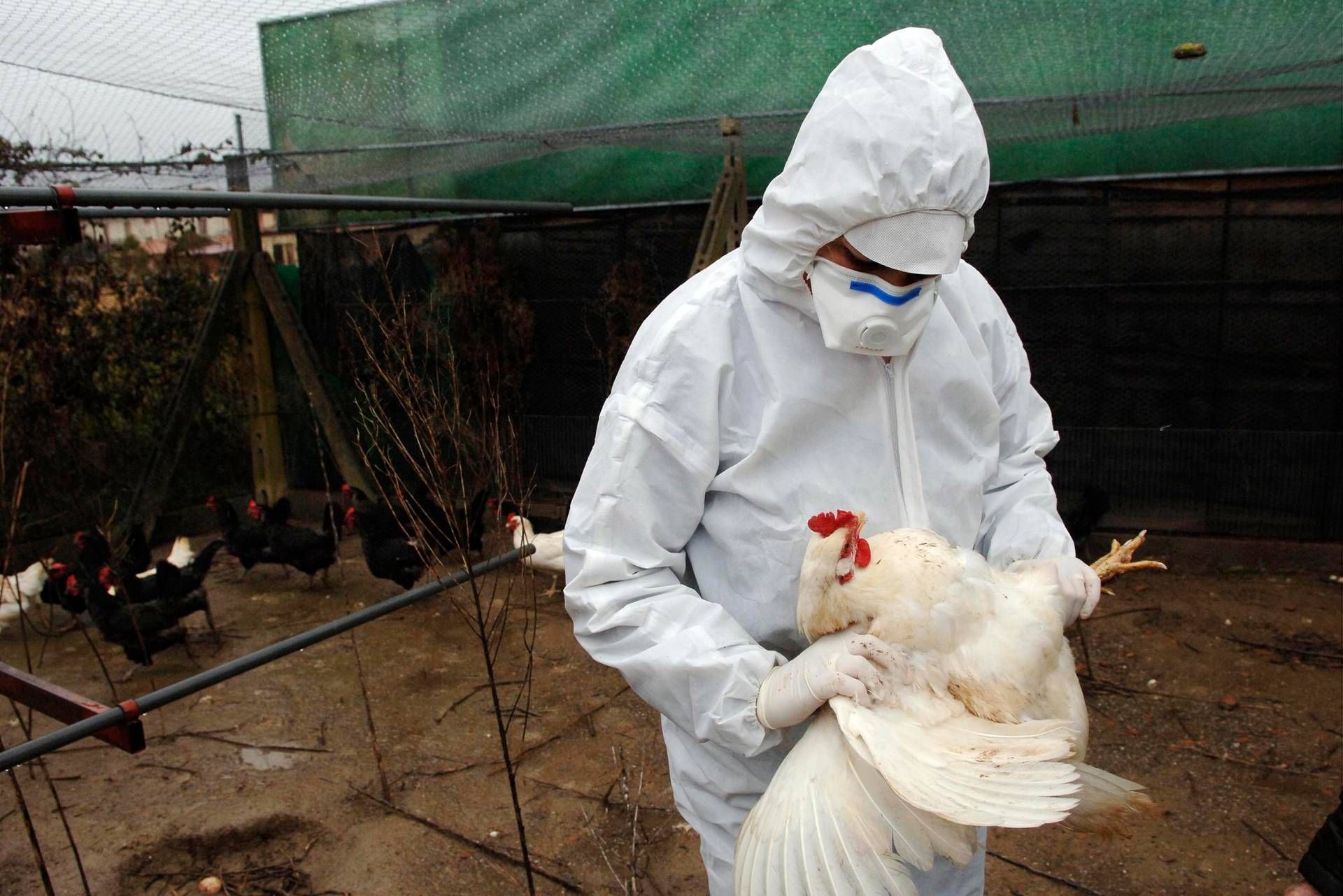WHO Ready to Activate Pipeline for Pandemic Influenza Vaccine Production
Maria Van Kerkhove, the epidemiologist leading the Preparation and Prevention against Epidemics and Pandemics (Epp) at the World Health Organization (WHO), reassures the public that there is a system in place ready to activate should the need for a pandemic influenza vaccine arise. While the current situation does not call for the production of a vaccine, Van Kerkhove emphasizes that the WHO has a pipeline and agreements in place to quickly develop and distribute vaccines if necessary.
Van Kerkhove explains that with current vaccination technologies, it is estimated that 4-8 billion doses of pandemic influenza vaccines could be produced in a year, depending on the amount of antigen needed in each vaccine. The WHO also has agreements in place to distribute vaccines to Member States based on risk and need, ensuring access to approximately 11-12% of real-time production.
How does it all work?
Van Kerkhove details that the WHO established the Pandemic Influenza Preparedness (PIP) Framework in 2011, which allows for rapid development of vaccines if needed. The existing pipeline of candidate vaccine viruses (CVVs) and flu vaccine production would enable vaccines to be available within 4-6 months, quicker than the process for COVID-19 vaccines.
The Global Influenza Surveillance and Response System (Gisrs), a network of WHO national centers, collaboration centers, and reference laboratories, plays a crucial role in monitoring and preparing for seasonal, pandemic, and zoonotic influenza. This system selects CVVs for vaccine development against both seasonal and zoonotic influenza, like avian flu.
For now low risk, up to moderate in exposed people
While the current risk assessment for avian influenza A/H5N1 is low overall, those exposed to infected birds or animals may face a low to moderate risk of infection. Van Kerkhove stresses the importance of surveillance in animals and humans, rapid detection, and following guidelines on personal protective equipment.
The advices
Van Kerkhove advises stronger surveillance, rapid detection, and increased awareness among those in contact with animals to prevent the spread of avian flu. Good food safety habits, like consuming pasteurized milk and milk products, and practicing proper hygiene are also essential.
In the USA, new controls on milk and derivatives: no live and infectious viruses
The Food and Drug Administration (FDA) in the USA conducted checks on milk and dairy products for highly pathogenic avian influenza (HPAI) viruses, with no live, infectious virus detected. The commercial milk supply was deemed safe, reassuring consumers about the safety of dairy products on the market.
The FDA’s thorough testing confirmed the absence of live, infectious viruses in dairy products, including formula milk for newborns. The agency’s proactive measures ensure the safety of milk and dairy products in the USA.
Read also
